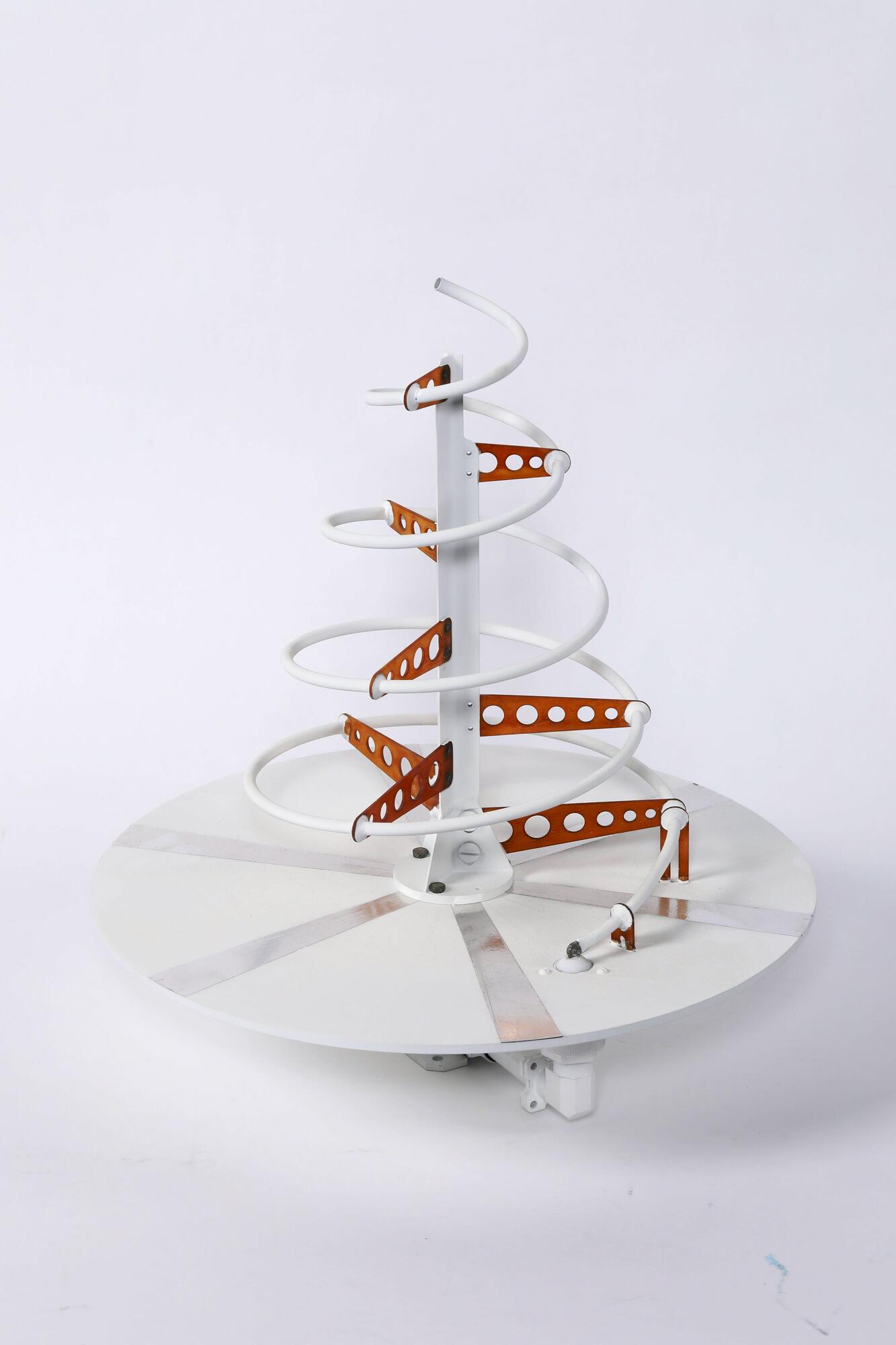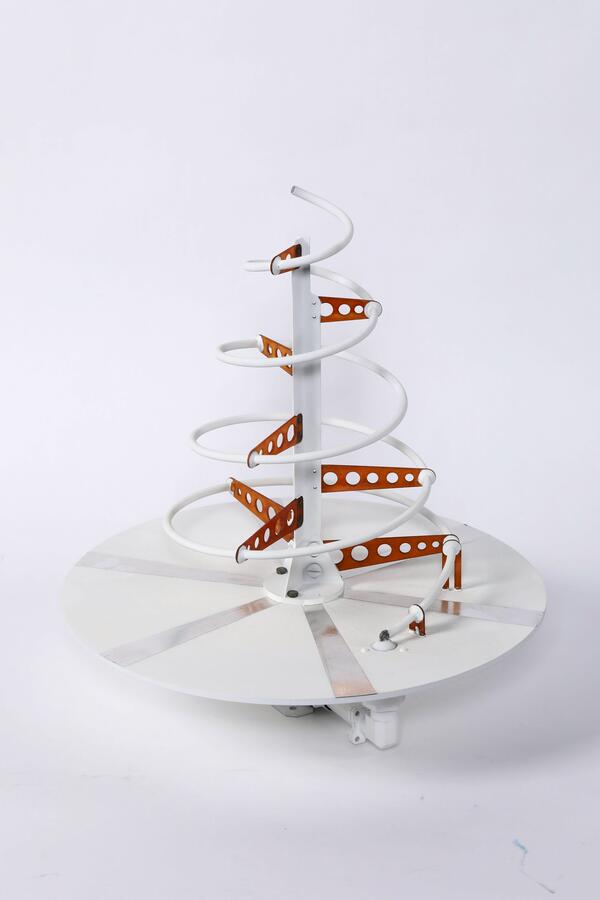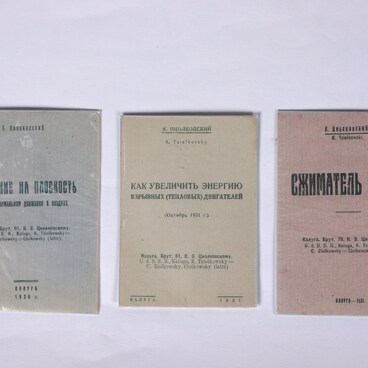Modern satellites are equipped with a large number of antennae working at a range of different frequencies. These on-board antennae allow the satellite to transmit and receive telecommunications, television, telemetric and other types of signal. The types of antenna used by a satellite depend on its orbit, speed and orientation and stabilization technologies. There are several dozen types of antennae, varying in size, shape and other specifications.
Satellite antenna
Creation period
2017
Place of сreation
Zheleznogorodsk, Krasnodar Territory
Dimensions
36x35x35 cm
36 х 35 х 35 cm
36 х 35 х 35 cm
Technique
Small-scale industrial production
Collection
Exhibition
2
Open in app#1
Satellite antenna
#7
#8
The most common is the parabolic antenna, consisting of a concave metal mirror and a feed element located at the mirror’s focal point. As a rule, these antennae are used for signals with wavelengths in the centimeter and decimeter range.
#9
For space radiation in the meter and longer-wavelength part of the decimeter range, spiral antennae are used. These antennae consist of a wire spiral attached to a metal disc. Cone-shaped spiral antennae can receive signals of a wider range of wavelengths than cylinder-shaped ones.
#10
Among the most advanced types of antenna are cophasal array antennae (CAA), which consist of multiple elementary transmitters. Funnel-shaped, slot, doughnut metal-lens antennae are also used.
#11
The radio technology used in space operates almost entirely in the ultra-short wave (USW) range, with wavelengths in the centimeters and decimeters. This is because the lower layers of the Earth’s atmosphere contain high concentrations of water vapor and oxygen, which absorb waves in the millimeter and visible light range, while the ionosphere, much higher up, acts as a barrier for long-wave signals, reflecting them back towards the Earth. Waves in the USW range are able to pass through both these barriers, which is why they are used for satellite communications. Contemporary Russian satellites use the L, S, C, Ku, K and Ka wavebands. In view of the conditions in which satellite-mounted antennae operate, metals such as aluminum, beryllium, magnesium, titanium and invar (an alloy of nickel and iron) are used in their construction. In recent years composite materials such as carbon-epoxy are more commonly used.
#12
Ministry of Culture of the Russian Federation
read morehide
00:00
00:00
1x
Satellite antenna
Creation period
2017
Place of сreation
Zheleznogorodsk, Krasnodar Territory
Dimensions
36x35x35 cm
36 х 35 х 35 cm
36 х 35 х 35 cm
Technique
Small-scale industrial production
Collection
Exhibition
2
Open in app
Share



